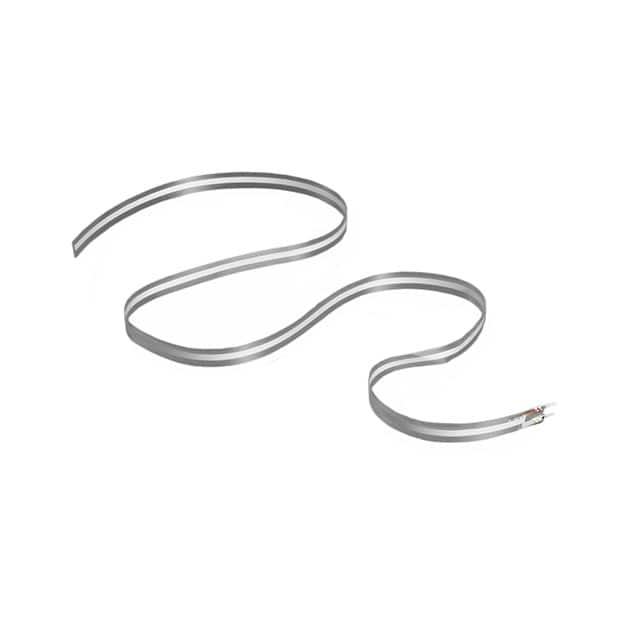PRO Series Series, Vibration Sensors
Results:
1
Manufacturer
Series
Lens Type
Light Emitting Surface (LES)
Configuration
Viewing Angle
Color
CRI (Color Rendering Index)
Current - Test
Current - Max
Size / Dimension
Lumens/Watt @ Current - Test
Wavelength
Luminous Flux @ Current/Temperature
Type
Temperature - Test
Voltage - Forward (Vf) (Typ)
Height
Features
CCT (K)
Results remaining:1
Applied Filters:
PRO Series
Vibration Sensors
Vibration sensors are specialized devices used to detect, measure, and analyze impact or periodic vibrations. These sensors offer a wide range of technologies and capabilities to cater to various application needs.
At the simplest end of the spectrum, there are post-and-spring impact detection mechanisms. These sensors are designed to detect sudden impacts or shocks and provide a binary output indicating the presence or absence of such events. They are commonly used in applications where the detection of abrupt changes in vibration is essential.
Moving up in complexity, there are piezo-based transducers in vibration sensors. Piezoelectric materials convert mechanical stress or vibrations into electrical signals. These transducers can accurately measure vibrations and provide quantitative data on the intensity, frequency, and duration of the vibrations. Piezo-based vibration sensors are often utilized in applications that require precise vibration measurements and analysis.
For more advanced vibration sensing and analysis, accelerometer-based measurement devices with integrated vibration analysis capabilities are employed. Accelerometers, which are commonly used in these devices, can measure the acceleration of vibrations in multiple axes. By combining accelerometer measurements with sophisticated analysis algorithms, these sensors can provide comprehensive insights into machine health and performance. They enable the identification of vibration patterns, detection of abnormal behavior, and predictive maintenance planning.
In summary, vibration sensors are essential tools for detecting, measuring, and analyzing impact or periodic vibrations. They encompass a range of technologies, from simple impact detection mechanisms to piezo-based transducers and accelerometer-based devices with integrated analysis capabilities. These sensors find applications in various industries, such as machine health monitoring and predictive maintenance, where precise vibration measurement and analysis are crucial.

